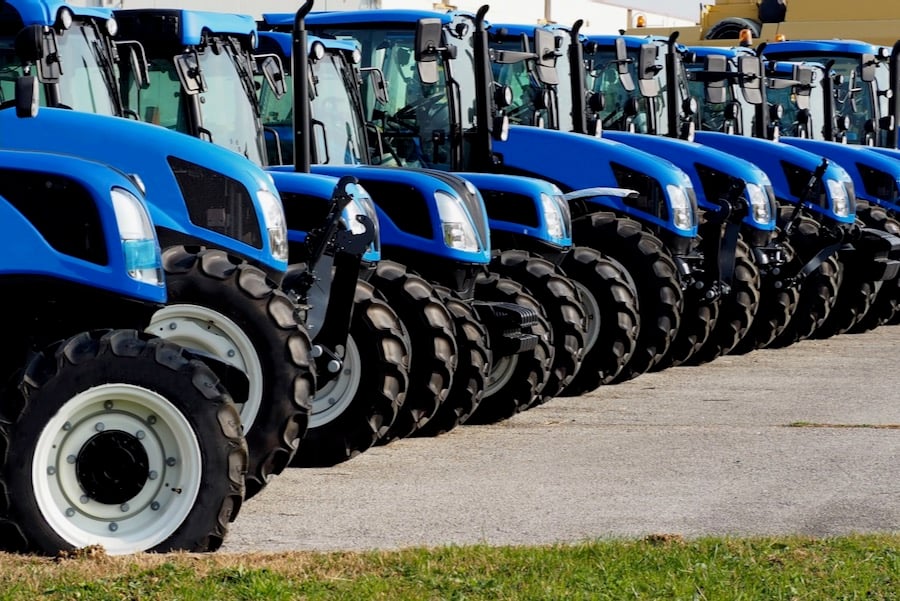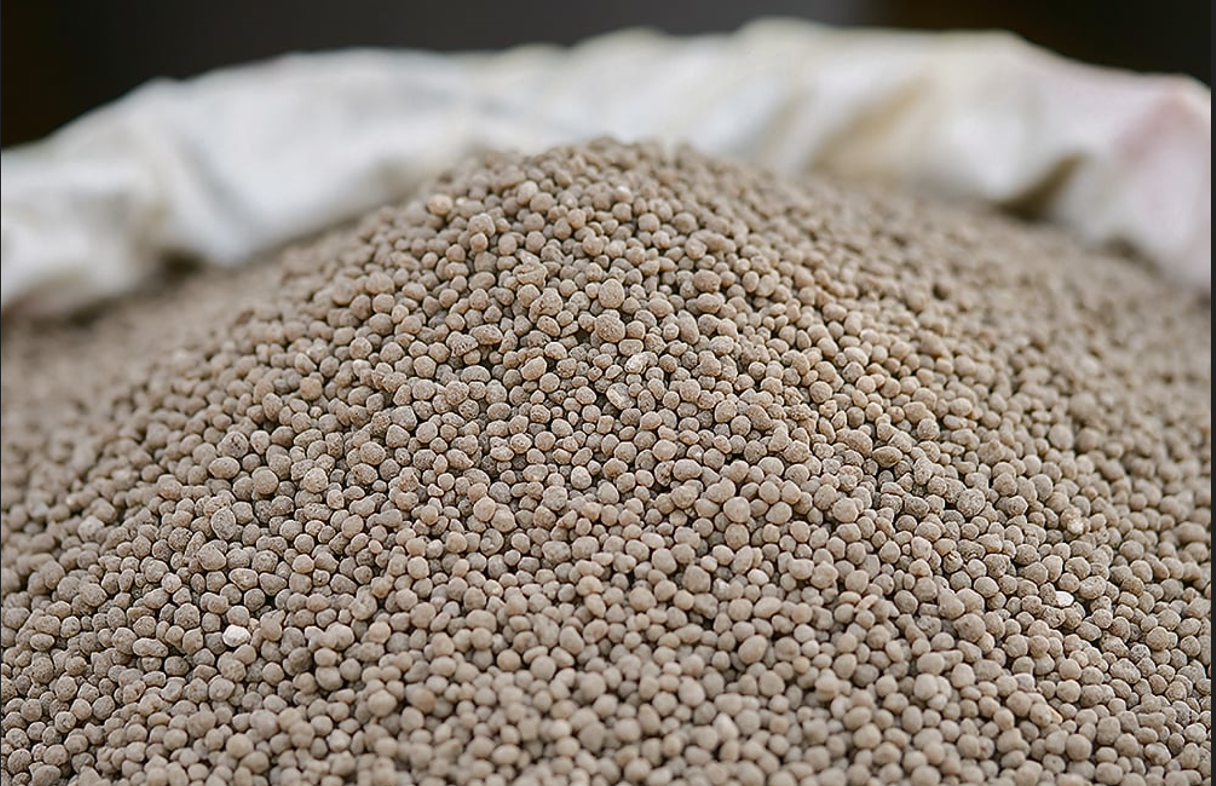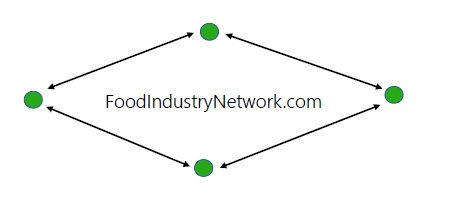Farm machinery associations respond to retaliatory proposals

After imposing an initial $30 billion worth of counter tariffs, the Canadian government has published a detailed list of items to be included in a second round, estimated at $130 billion.
Before imposing them, however, the government has asked for input from industries to address the impact they would have on Canadian businesses before a final decision is made.
The initial tariff list included mowing equipment as well as tires for off-road equipment, none of which is likely to harm the Canadian farm equipment industry very much.
Read Also


Counter tariffs threaten fertilizer prices
Canada’s proposed retaliatory tariffs could end up hurting the country’s grain farmers.
However, at the moment, the proposed additional list includes a lot of heavy equipment, including a wide range of farm machines.
Which farm machinery could be tariffed?
If implemented, it would be the first time since the Second World War that farm machinery was widely tariffed. Since then, farm machinery has moved across the border largely duty free. The exemption initially began as an agreement meant to keep North American agricultural production levels up in the face of a scarcity of equipment and manpower during the war.
“Almost everything is included in the Canadian tariff schedule — combines, harvesters, balers, nearly every piece of equipment — has been named in the counter tariffs,” says Nancy Malone, Canadian vice-president at the North American Equipment Dealers Association.
“At this stage, they (the Canadian government) are requesting these feedback responses be provided as soon as possible so they have time to go through them carefully. Everyone is making best efforts to get the feedback and information to them as soon as we can.”
Seeking carve-outs for agriculture
The consultation period on the second round of tariffs remains open until March 25. NAEDA is only one of a number of agricultural groups and others from across several industries making submissions on the proposed implementation list.
“Everyone in the sector is responding and putting together strong pieces to demonstrate why it’s very important that not only the equipment sector, but the whole ag sector, needs to be carved out somehow,” Malone adds.
Given the high value of farm equipment, an additional 25 per cent tariff could amount to the equivalent of adding the price of a couple of high-end F150s into the purchase cost of a new million dollar combine.
That could be far more than the market could bear. So far, Malone says NAEDA hasn’t been hearing from its dealer members that many customers have cancelled orders. Most are taking a wait-and-see approach.
“But if the tariffs do come into place, obviously there’s going to be some movement.”
In many cases, there isn’t much dealers can do to speed up deliveries of equipment in order to get machines across the border before the deadline. Manufacturing schedules often can’t be accelerated enough to significantly affect deliveries in the short term.
“The ag sector, broadly, is hit, everything from produce to animals,” she says.
“So it’s not surprising to me that equipment has been looped in as well. Ag and construction equipment have been hit fairly significantly. They’re a big chunk of Canadian imports.”
Looking for vulnerabilities
And it’s no surprise that large equipment would be the focus of retaliatory tariffs. The Canadian government has looked to take aim at vulnerable sectors as well as regions of the United States that voted for U.S. president Donald Trump and his Republican Party.
“If you think about where most of the equipment is manufactured, it’s Iowa, Nebraska, the heartland of Trump support,” Malone says.
As the on-again-off-again tariffs roil the stock market and erode consumer confidence, they have also made it impossible for dealers to make firm plans for the foreseeable future.
“When you can’t tell someone how much things are going to cost, it’s extremely difficult to plan, whether you’re purchasing or delivering the product,” Malone says.
That means the uncertainty will extend to farmers, who cannot be sure what the replacement cost of new equipment will be.
“Everyone is going to be equally affected,” she adds.
“The whole supply chain is feeling the pressure.”
Source: Farmtario.com

